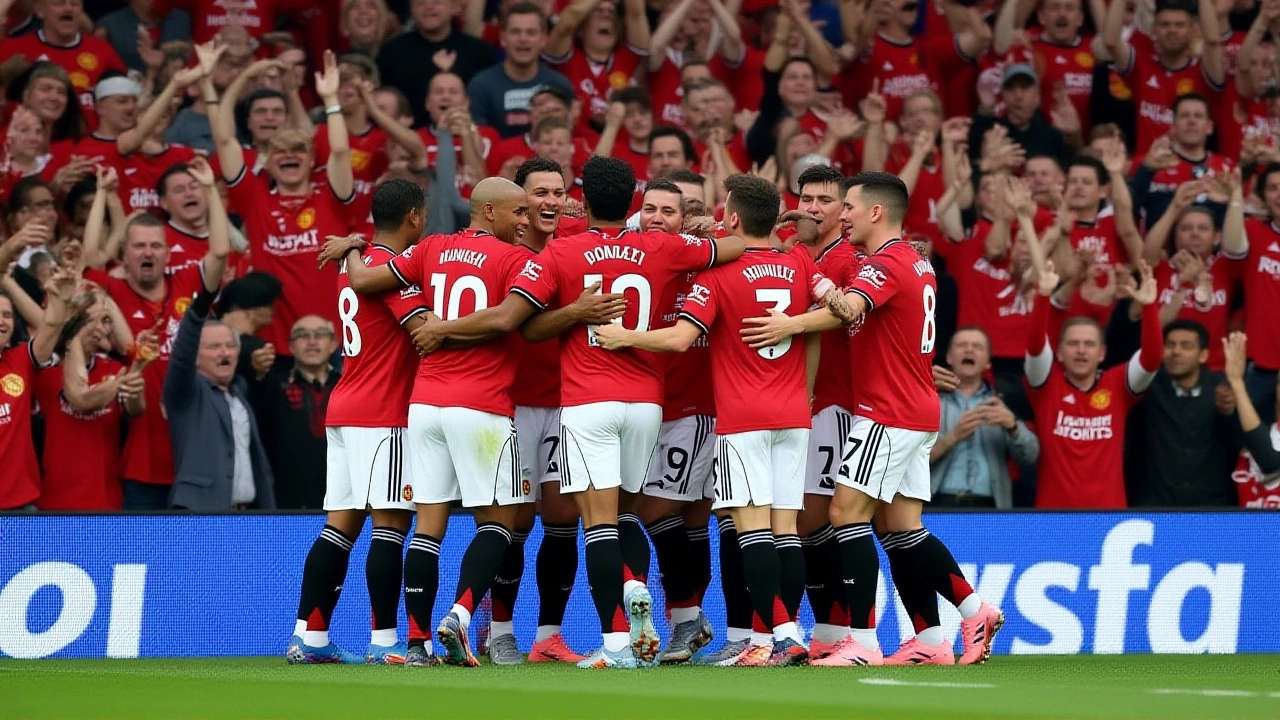Bruno Fernandes – All About the Midfield Maestro
When you hear Bruno Fernandes, a Portuguese attacking midfielder famous for goals, assists and leadership on the pitch. Also known as Bruno, he turned Manchester United’s midfield into a creative engine after arriving in January 2020. His vision, set‑piece skill and knack for arriving late in the box make him a rare blend of scorer and playmaker.
Why does his presence matter? Bruno Fernandes brings a high‑pressing work rate that forces opponents to make errors, which in turn fuels quick transitions for his team. He thrives on the Premier League, England’s top‑flight competition known for its pace and physicality. The league’s intensity pushes him to constantly improve his passing range and decision‑making, while his goal contributions keep United in the hunt for titles.
Key Connections: Club, Country & Teammates
At Manchester United, one of England’s most storied clubs with a global fanbase, Bruno acts as the central hub for attacks. His link‑up with Erling Haaland, the Norwegian striker who often finishes his through‑balls, exemplifies how a midfield creator and a clinical finisher amplify each other’s impact. The duo’s chemistry was evident in the 5‑1 win over Burnley, where Fernandes supplied several key passes.
Beyond club duties, he stars for the Portugal national team, a European powerhouse that won Euro 2016. Internationally, his experience in high‑stakes matches—like the Nations League finals—shapes his composure under pressure, which he brings back to Old Trafford. The blend of club and country responsibilities requires a mental resilience that few midfielders possess.
His playing style also intersects with other modern midfielders. Michael Olise’s recent brace for Bayern Munich shows how creative midfielders can dominate preseason friendlies, while Bruno’s set‑piece mastery offers a different dimension—placed balls that often become match‑winning goals. This crossover highlights a broader trend: midfielders now need to be both architects and finishers.
Statistically, Fernandes averages over 0.5 goals and 0.6 assists per Premier League game, a ratio that places him among the league’s elite creators. His pass completion rate hovers around 87%, and he records roughly 2.3 key passes per 90 minutes. These numbers reflect a player who doesn’t just participate; he dictates tempo, switches play, and exploits gaps left by defensive lines pressing high.
When analyzing transfer market dynamics, Bruno’s value influences negotiations for other midfield targets. Clubs looking to replace a departed playmaker often benchmark his contract terms, making him a reference point for salaries and release clauses. This ripple effect underscores how a single player can shape broader market trends.
Off the field, his leadership manifests in how he communicates with younger teammates. He frequently mentors emerging prospects, sharing insights on positioning and mental preparation. This mentorship mirrors the club’s youth‑development philosophy and ensures that his influence extends beyond his own playing minutes.
Overall, the collection of articles below captures the many angles of Bruno Fernandes’ career—from his decisive moments in crucial matches to his tactical evolution under different managers. Whether you’re tracking his latest assist tally or curious about his role in upcoming international fixtures, the stories ahead provide a comprehensive look at why he remains a pivotal figure in modern football.
Bruno Fernandes’ 97th‑Minute Penalty Powers United to 3‑2 Win Over Burnley
Bruno Fernandes’ 97th‑minute penalty gave Manchester United a 3‑2 win over Burnley at Old Trafford, delivering the club’s first league victory under Ruben Amorim.
Julian Parsons | Oct, 5 2025 Read More
